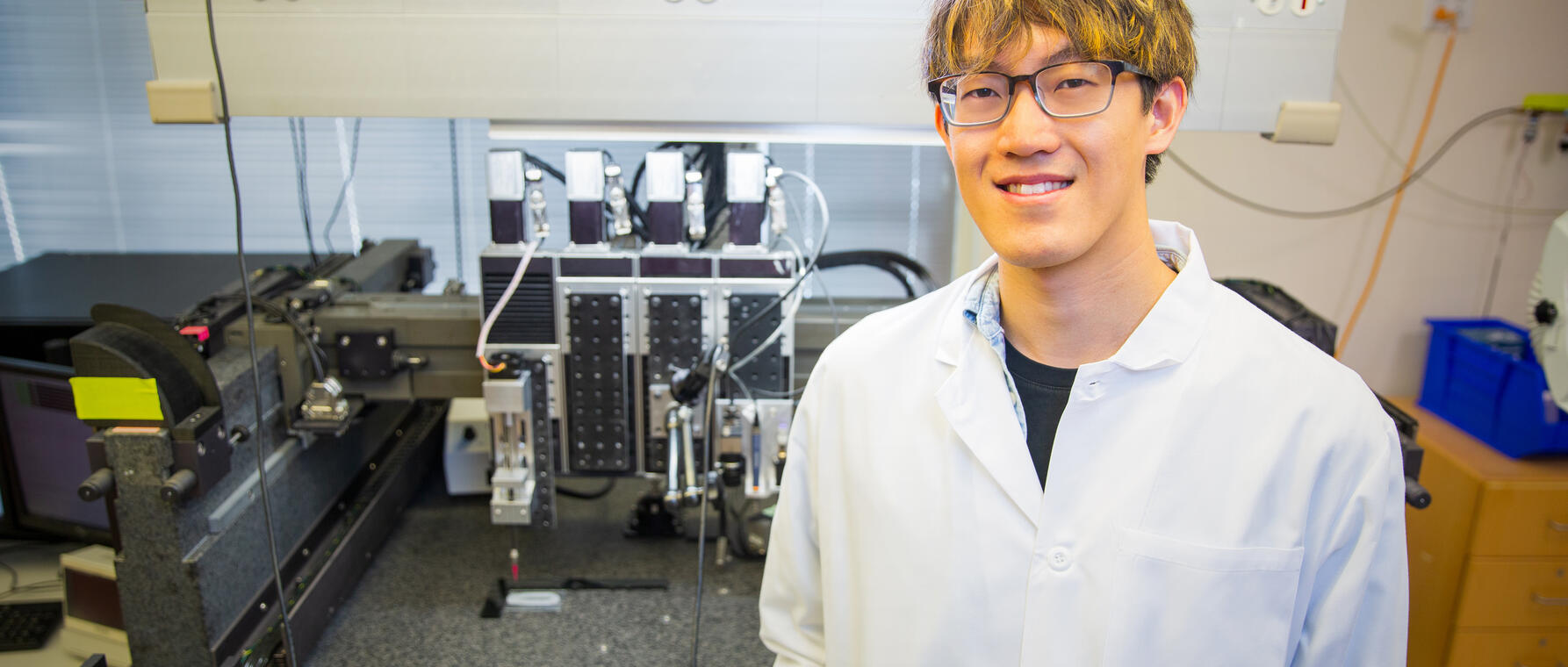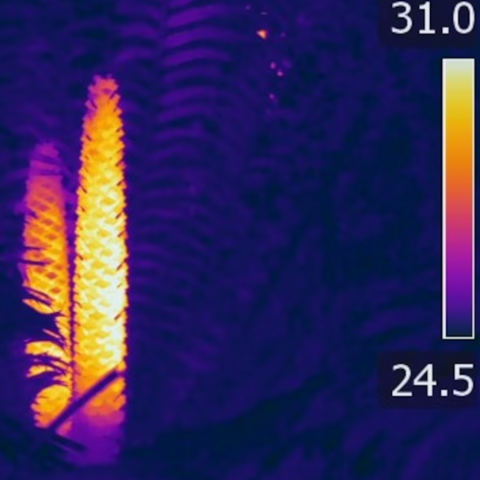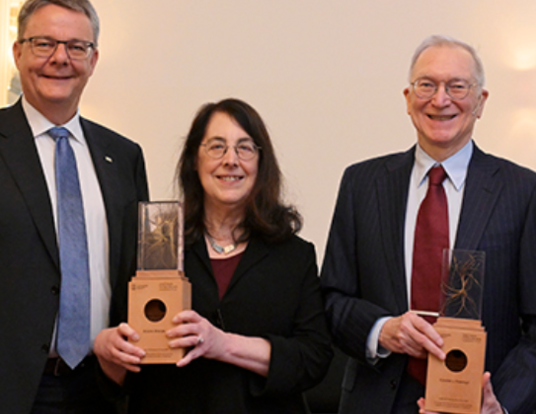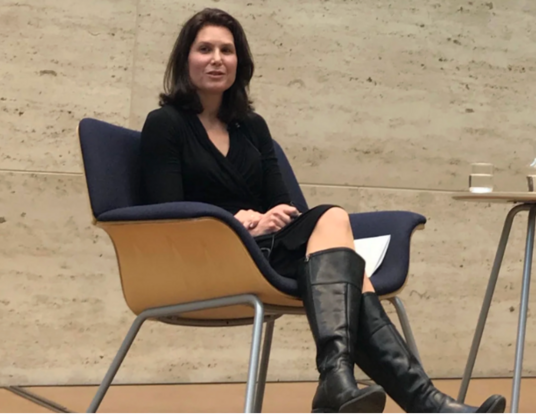From Engineer to Bioprinting Pioneer
Aric Lu, PhD student

Research at Risk: Since World War II, universities have worked with the federal government to create an innovation ecosystem that has yielded life-changing progress. Now much of that work may be halted as funding is withdrawn. Find out more about the threats to medical, engineering, and scientific research, as well as how Harvard is fighting to preserve this work—and the University's core values.
Aric Lu is a PhD student at Harvard’s Lewis Lab, where he works on 3D bioprinting. Lu discusses his research on fabricating multicellular tissues, switching from electrical engineering to bioprinting, and his experience as one of the leaders of Harvard’s dragon boat team.
Printing Tissue
I use 3D bioprinting to fabricate stem cells and other materials into tissues. Stem cells have the potential to become any sort of cell in the body, like heart cells or brain cells. When we print them, we differentiate the stem cells into types of cells that constitute tissue so they can model specific organs. If we could get the right number of cells relative to each other in an engineered tissue, we could use it for drug development or disease modeling. Eventually, we might even use the technology for therapeutic repair.
One big challenge with modeling organ tissue is that we can’t replicate the cell differentiation process in the body. We try to replicate some of those processes, chemical signals, or the presence of proteins, but it’s nowhere near the body’s actual complexity and richness. It is very difficult to reproduce that environment in fabricated systems so we have to compromise between an undirected differentiation process where the printed stem cells just do their own thing, or a very specific approach where I print one very defined cell type but miss out on all the other cell types that are needed for a tissue to function.

One way of getting around this problem is to genetically engineer stem cells to develop into specific types of cells. We can make genome edits to cells that direct them to become specific cell types we’re interested in, like endothelial cells and neurons.
In my work, I try to differentiate the cells as they are printed, rather than do nothing or print specific types. I can control the genetic changes I make to the cells as they print so I can produce multiple types and position them to form specific structures in the tissue. While we can’t genetically engineer every cell type we’re interested in, we could one day produce fully genetically engineered tissues.
A New Collaboration
I started as an electrical engineer. After college, I applied for the Draper Scholarship, which supports graduate students in technology. They saw that I had some 3D printing experience as an undergraduate and, in my interview, they asked if I would be interested in bioprinting. It sounded like fun so I thought, “Sure, why not give it a try?” That’s how I connected with my future PhD advisor, Professor Jennifer Lewis, who was doing a lot of cool work with 3D bioprinting. I reached out to her after my interview and asked if the Draper and Harvard bioprinting labs could collaborate. She was excited to bring me on and help me adapt to the field of bioengineering.
In the lab, I was fortunate to work with a few postdocs who had also trained as electrical or mechanical engineers and were now working on 3D bioprinting. I don’t have any regrets about the choice—I’m glad I made the jump. At this point, I would probably describe myself as a bioengineer.
Head of the Dragon
Dragon boating has become a big part of my life since I came to Harvard. There are 20 people on the boat, plus someone who steers and drums. You’re paddling a large and heavy craft that’s awkward to maneuver and has a dragon head on it. It’s like rowing crew, but with 20 people packed tightly together. Timing and coordination are critical for going fast in a dragon boat.

I joined my friend’s team that participated in the Boston festival in 2019. That’s where I learned what dragon boating was really like and got more interested in the sport. In 2023, I decided to take it more seriously and joined the Harvard Griffin GSAS Dragon Boat Team. This year, I’m the treasurer. I also help lead practices and steer the boat.
One of the biggest challenges for me in graduate school was finding connections during the pandemic, but dragon boating brought back a lot of that. I’ve gotten the chance to meet a lot of different people. It’s become a community for me outside of the academic ecosystem.
This research was funded by the National Institutes of Health and the Office of Naval Research grant.
Get the Latest Updates
Join Our Newsletter
Subscribe to Colloquy Podcast
Simplecast





